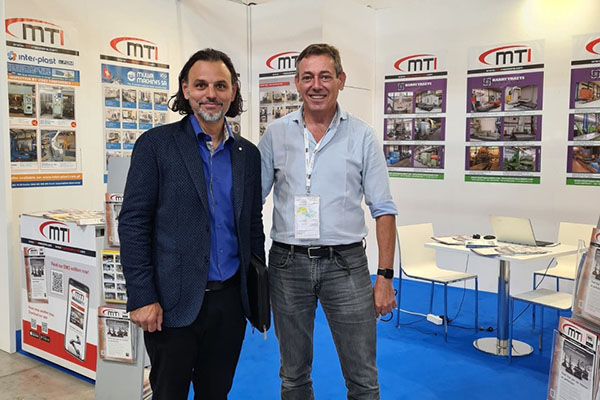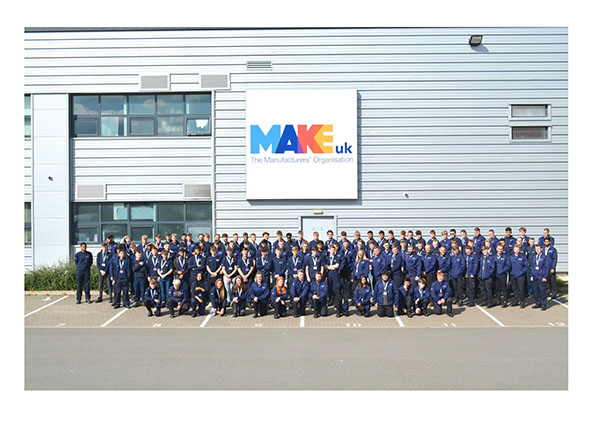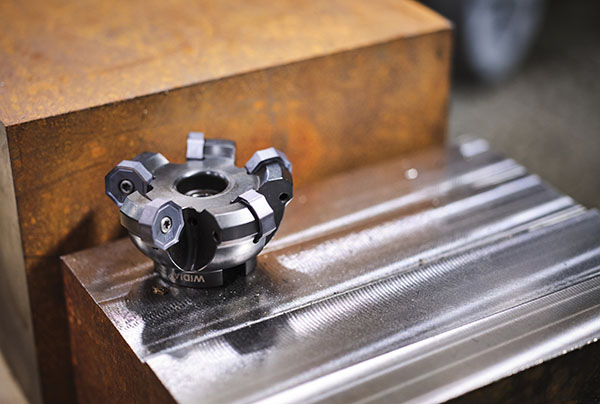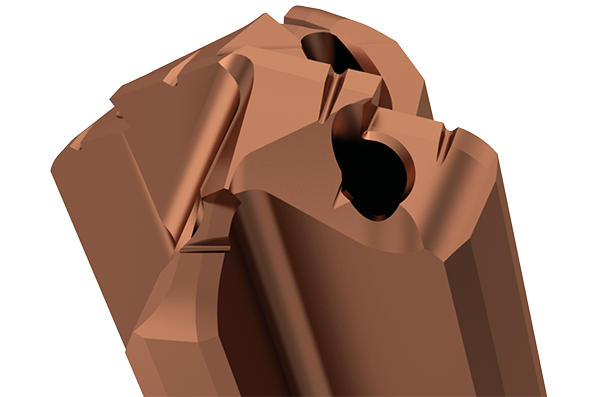
EMO Milano 2021 drew to a close on 9 October with organisers, exhibitors and visitors all agreeing that the show was a resounding success. Over 700 exhibitors from 34 countries participated, around 60% from outside Italy. Six halls covering 100,000 sq m hosted over 3500 machines, representing a value exceeding half a billion euros.
Among the exhibitors was MTI magazine, which handed out print copies of its MTI show issue to EMO visitors. Heading up the MTI team at EMO was sales director Giovanni Cerrinaferoni, a native Italian speaker who welcomed a continuous stream of interested visitors to the stand, all looking to discover more about the industry’s most effective way of buying and selling machine tools. A big thank you to everyone who called by the MTI stand for a chat. The photo shows Gio with Laurent Müller, an MTI client based in Switzerland.
For further information www.mtimagazine.com























